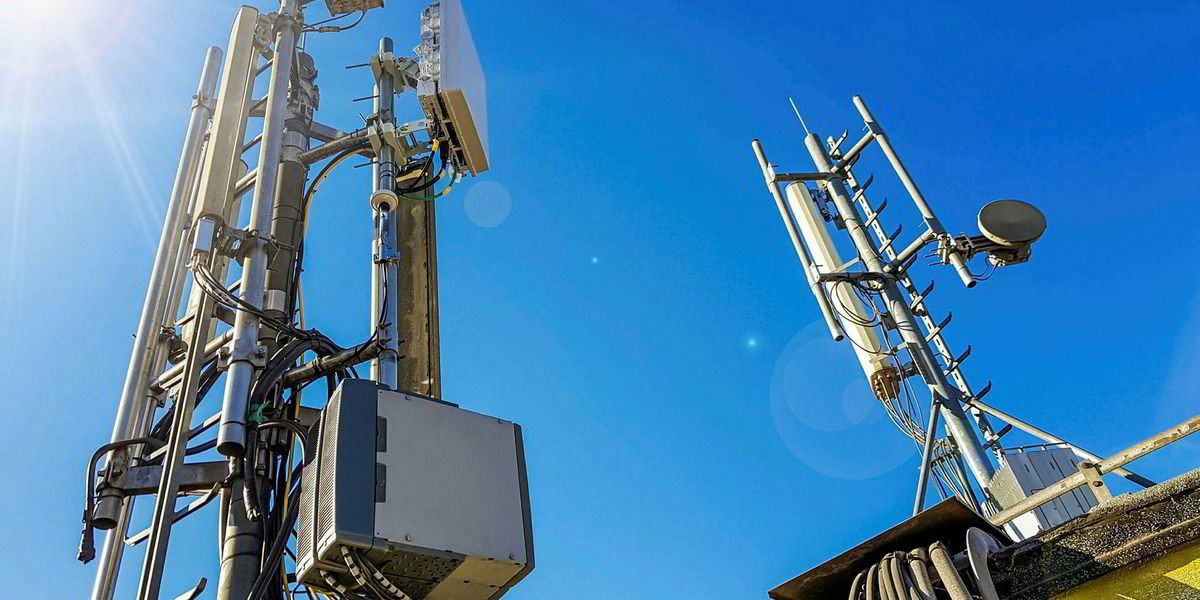This site uses cookies. By continuing to browse the site you are agreeing to our use of cookies. Read our privacy policy>
![]()
This site uses cookies. By continuing to browse the site you are agreeing to our use of cookies. Read our privacy policy>
![]()
Enterprise products, solutions & services
[July 20,2020] The era of “easy oil” is over.

These conditions make it more important than ever for oil and gas companies to have a strong communications network in place. That way, they can rapidly share information and leverage cutting-edge tools to make the best decisions in an increasingly complex business environment.
Facing depleted demand and unprecedentedly low prices, oil and gas companies find themselves in a precarious situation.
At the same time, however, the COVID-19 pandemic has also created a great opportunity for these organizations to modernize their infrastructure and build more efficient operations.
This is where 5G networks—the fifth generation of mobile networks—can truly change the game. In fact, a recent note from Frost & Sullivan suggests that 5G is a critical component for the digital transformation efforts of the entire oil and gas industry.
For example, oil and gas companies have historically struggled with seismic data collection; doing it the right way took a lot of time and required a lot of labor.
With a 5G network in place, these problems are solved altogether.
To illustrate, Huawei recently helped a customer in the oil and gas industry by installing a 5G network that delivered the high bandwidth, wide connectivity, and low latency needed to streamline the data collection process considerably. As a result, the customer was able to achieve lightning-fast seismic data retrieval while reducing the manual labor required to collect this critical information.
While 5G is an incredibly fast network, it’s much more than that, too.
It can be used to serve as the foundation for an oil and gas organizations entire tech infrastructure—including cloud computing, big data analytics, robot inspection, drone inspection, and augmented and virtual reality.
It can also be used for Industrial Internet of Things (IIoT) and artificial intelligence use cases, including:
• Wireless sensors that are used for asset monitoring to increase plant safety and ensure data collected is always high-quality and up to date
• Predictive maintenance by collecting data using a UHD camera that delivers high-resolution images to a machine learning platform to determine which areas of machinery are beginning to corrode or suffer other defects before the problem spirals out of control
• Inspection robots that enable oil and gas companies to automate the inspection process, saving time and money along the way
As you can see, 5G has the potential to completely transform the oil and gas industry—enabling industry players to optimize their operations to weather the current downturn and get in position to maximize the upside when demand returns to normal.
In the oil and gas sector, Huawei’s technology has already helped many leading organizations accelerate their digital transformation efforts. In fact, 19 out of the top 30 oil and gas companies are Huawei customers.
To learn more about how Huawei’s 5G networks are helping oil and gas companies around the world get to the next level, check out Huawei’s on-demand 2020 Oil & Gas Virtual Summit and hear how some of the industry’s biggest players are using 5G networks, big data, and artificial intelligence to become more efficient operations.